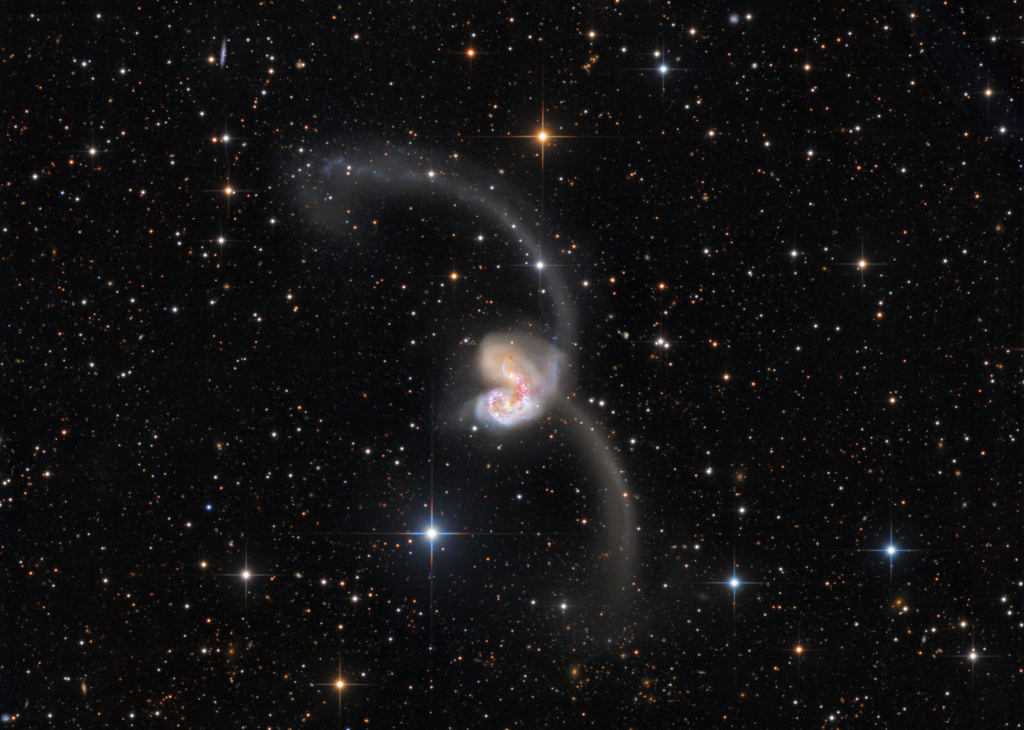
Engineers and technicians are continuing to prepare for the Artemis I wet dress rehearsal test which is slated to begin on April 1 and conclude on April 3. via NASA https://ift.tt/Ta2A67h



NASA and Axiom Space will provide coverage of the upcoming prelaunch and launch activities for Axiom Mission 1 (Ax-1), the first private astronaut mission to the International Space Station.
from NASA https://ift.tt/8e52xku
via IFTTT


After extending the record for the longest single spaceflight in history by an American to 355 days, NASA astronaut Mark Vande Hei returned to Earth on Wednesday, March 30, along with Roscosmos cosmonauts Anton Shkaplerov and Pyotr Dubrov.
from NASA https://ift.tt/prXYcnt
via IFTTT

NASA has chosen two students as winners of the Lunabotics Junior Contest, a national competition for K-12 students featuring the agency’s Artemis missions.
from NASA https://ift.tt/8N7AIbu
via IFTTT
